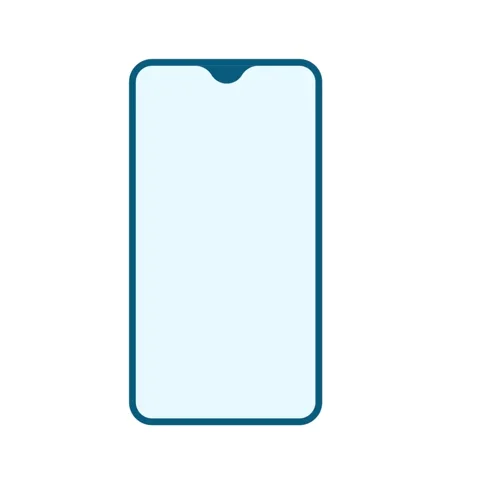A 2020 survey of marketers worldwide found that for every U.S. dollar invested in email marketing, brands saw a return of 36 U.S. dollars. This highlights an astonishing email marketing ROI of 36:1, or 3600%.
You don't want to miss out on those promising opportunities!

The HTML and CSS languages transform an email by adding visual appeal, responsive design, and much more. By strategically leveraging your current knowledge and skills, you can level up your email template game and create a free HTML email template, with or without coding experience.
Option 1: Plug and Play
Don't try and reinvent the wheel. Instead, take inspiration from the many free templates available online, and customize the elements to suit your audience and marketing goals.
Many platforms offer a drag-and-drop interface that allows you to design emails without coding. Tailor the layout to your marketing campaigns by swapping out media and text. What you see is what you get.
Below are some examples. Note that this is NOT an exhaustive list:
Canvaoffers a vast library of stock photos, illustrations, icons, and graphics that users can use in their designs.
Stripo provides tools for testing email templates across different email clients and devices.
Beefree allows users to export their email templates in HTML format or directly to popular email marketing platforms.

Option 2: Make Your Own
If you have some working experience with HTML and CSS, you may feel comfortable tinkering with code. To refresh your knowledge, feel free to check out and bookmark the HTML tutorials and CSS tutorials.
To get started, visit the following websites, pick what speaks to your email campaign, and use the code as your design primer. Note that these are examples, and more options can be found through a quick search online.
Litmus email templates: Download the code to your inbox. Account required. Free plan available.
Stripo template editor: Click on the </> button to bring up the code at your disposal.
A preferred HTML editor is a handy tool, allowing you to experiment with design ideas. A free tool like CodePen or LiveWeave offers you the flexibility to:
Access your saved code across devices. You can even code on the go if you feel like it.
Save template code in collections. Building your own library is that easy.

Option 3: Build from the Ground Up
If you know the ins and outs of HTML and CSS and are looking for a simpler workflow to create responsive email templates, a markup language does just that. For example, MJML (MailJet Markup Language) helps you write less code, save time, and create more!
How MJML gets the job done:
Responsive by default: Automatically adjusts to device screens, enhancing readability.
Simplified markup: Streamlines development with a less complex coding process.
Compatible across email clients: Reduces inconsistencies by ensuring broad compatibility.
Here's a quick manual to get your hands dirty with MJML:
Browse the MJML template library and review the code.
Read the MJML guide and start by understanding the basics.
Try the MJML editor and have fun with the live preview.

Test Your HTML Emails
Once you've done the hard part, put your labor of love to the test. Copy and paste your template code into testing services like PutsMail and email it to yourself for a look.
How Comfortable Are You with HTML and CSS?
Consider how confidently you work with HTML and CSS, and choose the course of action listed below:
"HTML and CSS are new to me." Try Option 1.
"I've edited HTML and CSS a bit in the past, and I'm still learning new tricks." Try Option 2.
"I'm familiar with how they work and thrilled to up my game." Try Option 3.

Quiz
Your company has decided to explore email marketing strategies. You've been tasked with leading the design efforts, but coding isn't your forte. How would you begin this project?
Take Action

Designing a well-crafted HTML email template may involve a learning curve. Try the following resources to set you up for a great start:
Your feedback matters to us.
This Byte helped me better understand the topic.
